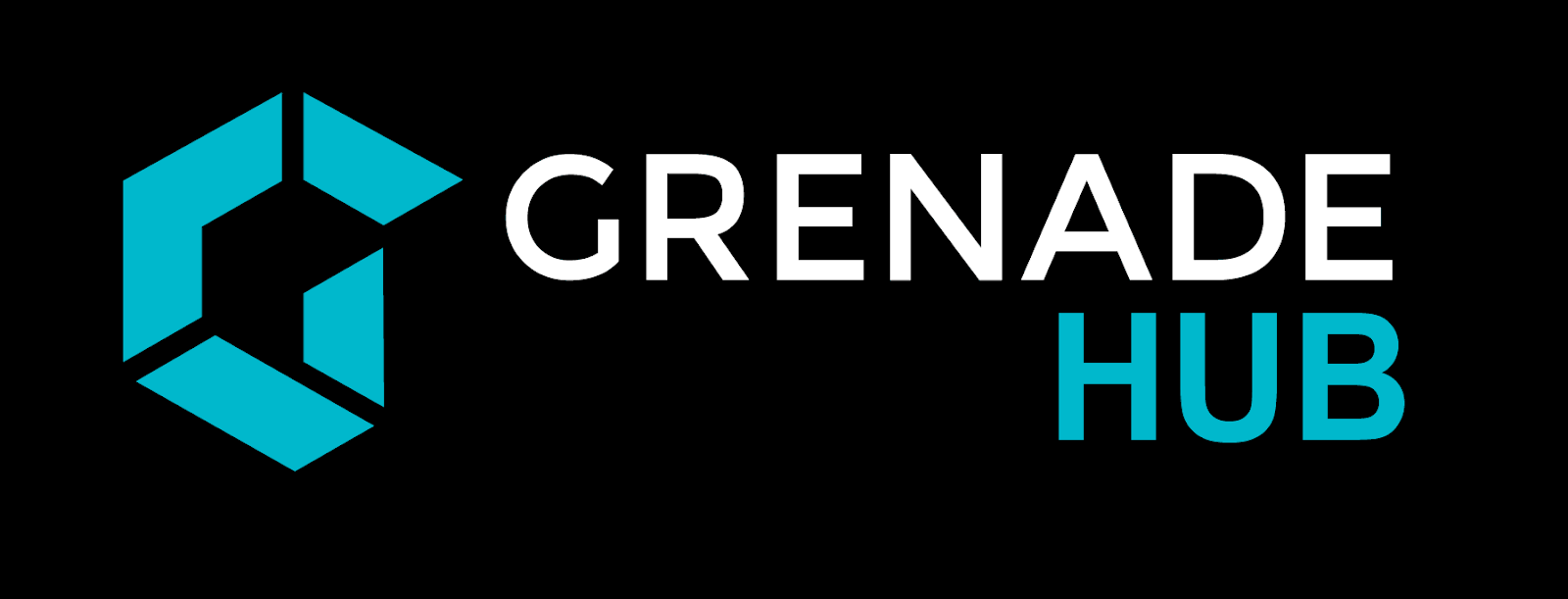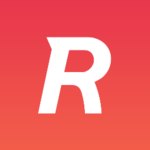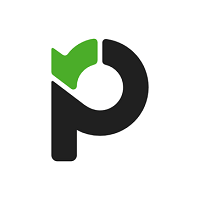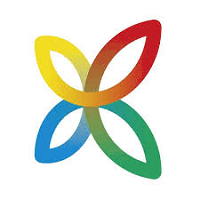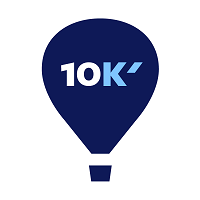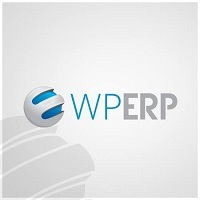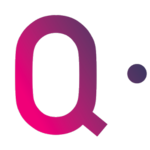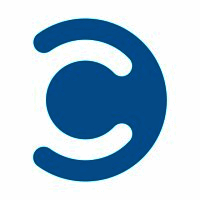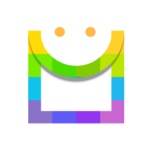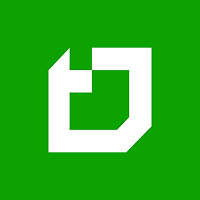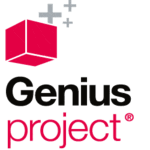What Is Resource Management Software?
Resource Management Software (RMS) is a sophisticated tool that helps firms efficiently manage and allocate their resources, such as time, money, and labor. It provides a consolidated platform for enterprises to track and optimize their resources, resulting in increased production and profitability. One of the most important advantages of RMS is its capacity to forecast and plan resource consumption.
This includes determining project schedules, assigning work to team members, and establishing priorities. Businesses that have a comprehensive understanding of resource availability and workload can prevent overbooking or underutilizing their resources, resulting in enhanced project delivery and customer satisfaction. Another important component of RMS is its ability to integrate with numerous data sources and systems, including as project management, customer relationship management, and finance software.
This interface facilitates real-time data and information sharing, allowing organizations to make more informed and accurate decisions. RMS also has extensive reporting and analytics features that enable firms to monitor resource consumption, project progress, and overall performance. This level of insight and openness enables firms to spot possible bottlenecks, make appropriate changes, and continually improve their resource management procedures.
Furthermore, many RMS platforms include capabilities like resource scheduling, budget tracking, and team collaboration tools, making them a complete resource management solution.
What Are The Recent Trends In Resource Management Software?
Resource management software, often known as project management software or workforce management software, has become an essential tool for enterprises of all kinds in properly managing their resources. As technology advances, the landscape of resource management software is continuously changing. As a potential buyer, you must stay current on industry developments in order to make an informed decision.
Here are some of the top trends in resource management software that you should consider:
1. Cloud-Based Solutions: Cloud-based software has grown in popularity in recent years, and the resource management software industry is following suit. These systems provide various benefits, including remote access, faster collaboration, and automated software updates. With the rise of remote work, cloud-based solutions have become increasingly vital for maintaining efficient resource management.
2. Artificial Intelligence: AI is making resource management software smarter and more efficient. AI-powered solutions may assess data from a variety of sources, including project timeframes and personnel availability, to provide accurate resource allocation predictions and recommendations. This enables organizations to improve resource allocation and make data-driven decisions.
3. Integration With Other Tools: Resource management software is no longer an isolated solution. It is currently being combined with other tools, including project management software, communication tools, and human resources software. This connection enables a more seamless flow of information and improved collaboration among various teams and departments.
4. Mobile Accessibility: As more employees work remotely or on the road, the demand for mobile-friendly resource management software grows. Mobile accessibility enables employees to access critical information and manage tasks in real time, resulting in increased productivity and efficiency.
5. Real-Time Tracking And Reporting: Another emerging feature in resource management software is the ability to track and report on resources in real time. This enables organizations to have a better understanding of their resource consumption and make changes as necessary. Real-time data also helps organizations identify possible faults or bottlenecks in their resource management procedures.
Benefits Of Using Resource Management Software
Resource management software is a crucial tool for any firm wanting to better manage its resources and boost productivity. In today's fast-paced and competitive market, organizations must have a well-organized strategy for managing their resources, whether they be personnel, equipment, or financial assets. This is where resource management software comes in.
Here are some of the major advantages of using resource management software in your business:
1. Improved Resource Planning And Allocation: One of the primary advantages of adopting resource management software is that it allows firms to more efficiently plan and distribute their resources. The platform gives real-time data and insights about resource availability and use, allowing firms to more efficiently allocate resources where they are most required. This leads to improved resource usage and less waste.
2. Improved Collaboration And Communication: Resource management software enables smooth collaboration and communication between team members and departments. A unified platform allows everyone to access the same information, minimizing the need for manual updates and communication. This not only increases efficiency, but also promotes better teamwork and coordination.
3. Time And Cost Savings: Having a comprehensive understanding of resource availability and use saves firms time and money. Businesses can use resource management software to efficiently schedule jobs and projects, avoiding clashes and delays that can contribute to additional expenditures. It also aids in identifying any resource shortages or overages, allowing businesses to immediately respond and make necessary changes.
4. Increased Productivity: Resource management software may significantly boost productivity by improving resource allocation and streamlining operations. Businesses that understand resource availability and usage can make better decisions and prioritize tasks, resulting in a more efficient and productive workflow.
5. Improve Decision-Making: Resource management software delivers useful insights and data to businesses, allowing them to make better decisions. Real-time data and analytics can help firms find patterns, trends, and areas for improvement, allowing them to make more strategic and data-driven decisions.
Important Factors To Consider While Purchasing Resource Management Software?
Resource management software is an extremely useful tool for businesses of all sizes and sectors. It improves resource usage, project management, and efficiency. However, with so many options on the market, it can be difficult to select the best resource management software for your firm.
To make an informed decision, here are some crucial elements to consider when selecting resource management software:
1. Scalability: One of the most important elements to consider when selecting resource management software is scalability. Your firm may be modest today, but it is critical to select software that can expand with it. Choose software that lets you to add or remove users, expand storage capacity, and add new features as your business's needs change.
2. Usability: The goal of resource management software is to streamline your procedures and boost productivity. As a result, it's critical to select software that your staff will find simple and intuitive to use. Complex software can be difficult to develop and need significant training, resulting in a waste of time and money.
3. Features And Functionalities: Each resource management software provides unique features and functionalities. It is critical to create a list of must-have features for your organization and compare them to the software solutions available. Some important features to look for are resource scheduling, task management, budget tracking, reporting, and interfaces with other programs.
4. Customization Options: Each organization has its own processes and requirements. Your resource management software should be customizable to meet your specific business requirements. Look for software with customized dashboards, reports, and workflows so you can tailor it to your specific business needs.
5. Integration Capability: Your resource management software should work effortlessly with your other tools and software. This will ensure a smooth flow of information while eliminating the need for manual data entry, saving time and decreasing errors.
6. Mobile Accessibility: In today's fast-paced company environment, having access to your resource management software while on the road is critical. Look for software that includes a mobile app or can be accessed via a web browser on any device. This allows your team to stay connected and update project information in real time, even while they are not in the office.
7. Security And Data Privacy: When it comes to managing sensitive corporate information and data, security is a primary concern. Look for resource management software that includes strong security features like data encryption, authorization controls, and scheduled backups. Also, be sure that the program complies with data privacy standards such as GDPR.
8. Customer Assistance: Your resource management software, like any other, need solid customer assistance. Look for a software company that provides several help channels and has a responsive and knowledgeable customer service crew.
Considering these aspects when selecting resource management software might help you make the best decision for your company. Before making a decision, make sure to thoroughly examine your business's needs and requirements and compare various software options. You can also use free samples or demonstrations to have a better grasp of the software's features and functions.
What Are The Key Features To Look For In Resource Management Software?
When investing in Resource Management Software, it is critical to analyze all relevant features to ensure that you are making an informed purchase. After all, this software will be an essential tool for efficiently managing your company's resources, such as workers, equipment, and finances. So, what are the main things to look for in Resource Management Software? Let's dive in.
1. Resource Tracking: Resource Management Software's principal function is to track and manage all of your organization's resources. Look for software that provides a complete, real-time view of your resources, including availability, utilization, and allocation. This tool will assist you in making educated judgments and avoiding over or underutilization of resources.
2. Resource Scheduling: The ability to establish and maintain schedules for your resources is another important aspect to consider. This will enable you to plan and distribute resources in a way that maximizes production and efficiency. Look for software that allows you to define dependencies between resources to ensure a seamless workflow and prevent conflicts.
3. Resource Forecasting: A competent resource management software should be able to estimate future resource requirements based on past data and planned projects. This function will help you recognize possible resource limitations and plan accordingly.
4. Collaboration Capabilities: Because resource management involves various teams and departments, the software must have collaboration and communication capabilities. This allows multiple stakeholders to share information, make requests, and provide updates, resulting in seamless coordination and efficient operations.
5. Reporting And Analytics: To make informed judgments, you must have data and insights. Look for Resource Management Software that includes comprehensive reporting and analytics capabilities. This allows you to monitor performance, discover areas for improvement, and make data-driven decisions.
6. Customization And Integration: Each organization has distinct requirements and operations. As a result, it is critical to look for software that is adaptable and connects with your current tools and processes. This will ensure a smoother rollout and prevent disruptions in your current workflow.
7. User-Friendly Interface: A user-friendly interface is critical for the software's easy adoption and use. Look for a system that is simple to use and requires minimum training.
Consider these critical aspects to guarantee that the Resource Management Software you chose meets your organization's demands and goals. It will not only assist you in properly managing your resources, but will also contribute to increased efficiency, production, and profitability.
Why Do Businesses Need Resource Management Software?
Businesses require resource management software to properly plan, assign, and track their resources, including personnel, equipment, and finances. This software streamlines and automates these operations, making them more efficient and less error-prone. First and foremost, resource management software saves firms time and effort when organizing their resources.
Managers may simply allocate resources based on availability and skill set by creating timetables and assigning tasks to team members from a single location. This eliminates the need for human scheduling, lowering the likelihood of double bookings or conflicts. Furthermore, this software gives organizations a comprehensive picture of their resource consumption.
Businesses can identify inefficiencies or under/overutilization of resources by analyzing each employee's hours and work. This enables them to make educated judgments about resource allocation and ensure that resources are being used properly. Resource management software can also help organizations stay inside their budget.
They may manage their resource consumption and avoid overpaying by using features such as project budgeting and expense tracking. This not only saves businesses money, but also assures that they use resources wisely to achieve their objectives. In addition, resource management software helps firms boost team communication and collaboration.
Real-time updates and notifications keep everyone up to date on resource allocation and changes. This encourages transparency and allows teams to collaborate more efficiently. Furthermore, having a bird's-eye perspective of all resources and their availability allows firms to make more precise and data-driven decisions. This program offers insights and reports that can assist firms in identifying resource shortages or demands, allowing them to plan and prepare for future projects or growth.
How Much Time Is Required To Implement Resource Management Software?
The time required to adopt resource management software depends on a number of factors, including the product's sophistication and the size of your firm. On average, the implementation procedure can last from a few weeks to several months. This covers the time required to select the software, negotiate contracts, and train workers.
The first step in the implementation process is determining your organization's goals and objectives. This will assist you in selecting the appropriate software that corresponds with your objectives and meets your needs. Next, collect statistics and information on your organization's resources, such as employee talents, availability, and project schedules. This information will be used to set up and adjust the software to meet your individual requirements.
Once the program is installed, you will need to train your personnel on how to utilize it properly. This can involve traditional classroom training, online tutorials, or a hybrid of the two. The next step is to evaluate the program and make any necessary changes before fully integrating it into your firm. This testing process verifies that the program functions properly and satisfies your requirements.
Overall, the work spent implementing resource management software is worthwhile because it may dramatically increase your organization's efficiency, productivity, and resource allocation. To guarantee a successful implementation, careful planning and the involvement of key stakeholders are required. With the correct methodology and training, you can reduce disruptions and help your firm realize the benefits of resource management software in a timely manner.
What Is The Level Of Customization Available In Resource Management Software?
Resource management software (RMS) is an essential tool for firms seeking to optimize and manage their resources efficiently. One of the most important considerations when selecting an RMS is the level of customisation available. This refers to the software's ability to be customized to meet the unique demands and requirements of a business.
We'll look at the many levels of customisation available in RMS to help you make an informed selection.
1. Standard Configuration: Most RMS have a standard configuration that is appropriate for common resource management requirements. This indicates that the program includes pre-defined features and functionalities that cannot be changed or personalized. This option is ideal for small organizations or those with basic resource management requirements.
2. Minimal Customization: Some RMS allow for minimal customization, allowing users to adjust specific features and settings based on their preferences. This may contain capabilities such as designing resource categories, assigning access levels to users, and configuring notifications. Basic modification offers versatility without requiring substantial technological knowledge.
3. Significant Customization: For enterprises with complicated resource management requirements, significant customization is critical. This level of customisation allows you to adjust essential software aspects based on your individual company needs. This could include customizing workflows, resource allocation rules, and reporting options. Advanced customisation takes technical skills and may incur additional expenditures.
4. Bespoke Solutions: Some RMS suppliers provide bespoke solutions, in which the software is completely customized to match the specific demands of an organization. This entails conducting extensive study, consultation, and development to establish a customized resource management system for the firm. This option is appropriate for businesses with very particular and sophisticated resource management requirements.
It is critical to assess your company's resource management requirements and select an RMS with a level of customisation that meets those demands. When deciding on the extent of customisation for resource management software, consider your company's size, the complexity of your resource management operations, and your budget.
Which Industries Can Benefit The Most From Resource Management Software?
Resource management software is a vital tool for optimizing and streamlining company processes in any industry. However, certain industries will benefit more from its features and capabilities than others.
Let's explore, we'll look at which industries can benefit most from resource management software.
1. Construction Industry: Construction projects are complicated and require a variety of resources, including people, materials, and equipment. Construction organizations can use resource management software to plan and distribute resources more efficiently. This software can also help you track project progress, manage timetables, and identify potential bottlenecks, all of which lead to better project delivery and lower costs.
2. IT Industry : In the fast-paced IT business, resources including trained workers, equipment, and software licenses are always in great demand. IT organizations can use resource management software to balance their workloads by optimizing resource allocation, managing project timetables, and ensuring that the correct resources are accessible at the right time. This leads to increased production, lower costs, and better project outcomes.
3. Healthcare Industry: Resource management software can help healthcare workers manage their schedules and patients' appointments. This software can also help in tracking and optimizing the usage of medical equipment and supplies, making them available when needed. It can also assist healthcare organizations streamline operations and eliminate administrative responsibilities, freeing up time to focus on providing great patient care.
4. Manufacturing Industry: Resource management software can help manufacturers schedule production operations and monitor inventory levels. Manufacturers may improve production schedules and decrease waste by gaining real-time insights into resource availability and demand. This software can also assist organizations in maintaining their production capacities by ensuring that critical resources, such as raw materials and equipment, are constantly available.
5. Consulting Industry: Consulting organizations sometimes have many projects going concurrently, making it difficult to manage resources properly. These businesses can benefit from resource management software since it provides visibility into resource availability and skill sets, allowing them to allocate resources to the most important initiatives. This leads to enhanced project delivery and client satisfaction.
Conclusion
To summarize, investing in resource management software is critical for every firm seeking to streamline operations and maximize resources. It has a variety of useful functions like as job and project tracking, budgeting, scheduling, and resource allocation, all geared at increasing efficiency and production. When choosing resource management software, you should examine your individual needs and budget, as well as the software's scalability and compatibility with your existing systems.
Additionally, search for user-friendly interfaces, configurable features, and dependable customer service. Choosing the proper resource management software allows your firm to save time, cut expenses, and ultimately improve overall performance. With this buyer's guide, you now have the necessary information to make an informed selection and find the best resource management software for your company. We hope this information was useful in your hunt for the appropriate solution.


